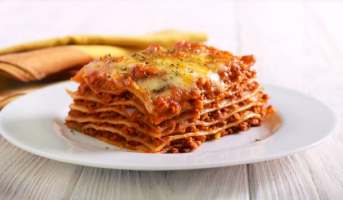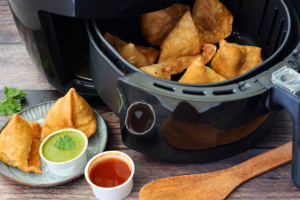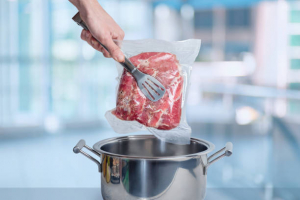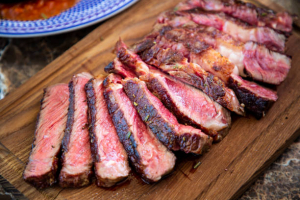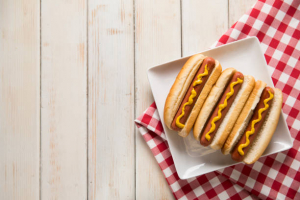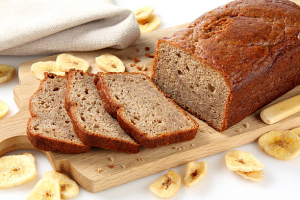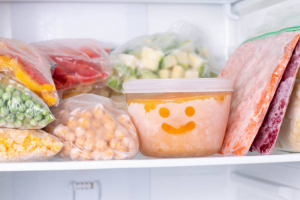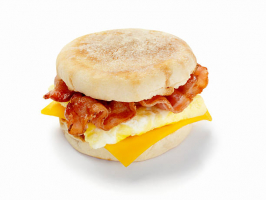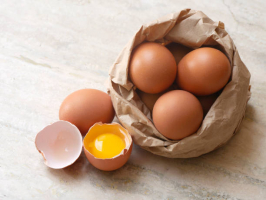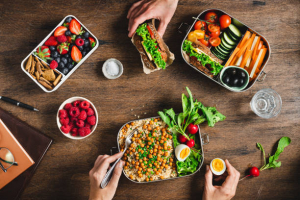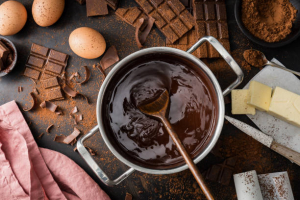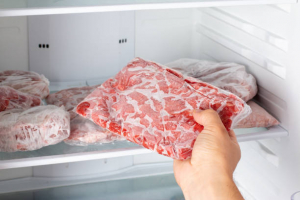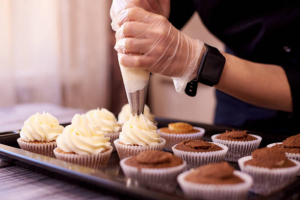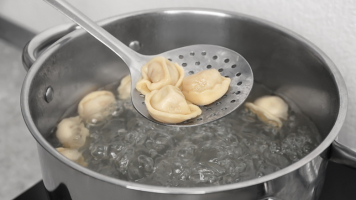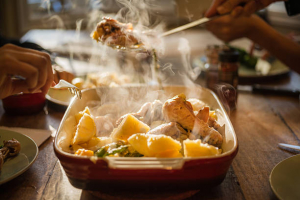Top 14 Biggest Mistakes Everyone Makes With Cinnamon Rolls
Cinnamon rolls are unquestionably the king of breakfast pastries. Philadelphia cinnamon rolls, which are sweetened with honey, sugar, cinnamon, and raisins, ... read more...are a regional variation in the cinnamon roll recipe. These rolls are also topped differently. Whatever way you like your cinnamon rolls, there are always improvements you can make to make the best cinnamon rolls at home. Here are the most common cinnamon roll baking mistakes that people often make.
-
Cinnamon rolls are more than just cinnamon. One of the most popular ways to improve cinnamon rolls is to completely transform the recipe into something more cake-like. With the addition of a boxed red velvet cake mix, you can make red velvet cinnamon rolls at home. To recreate the soft cinnamon roll experience, combine the boxed mix with flour, yeast, and sugar. Once the dough has risen, make your filling by combining brown sugar, cinnamon, and melted butter. The resulting dough will be pillowy and soft, with the texture of a cinnamon roll.
To make the red velvet rolls even more decadent, top them with thick cream cheese icing. Cream cheese, butter, vanilla, and sugar are combined to make the perfect cream cheese icing. You should save some icing when storing these rolls (if the entire tray isn't already gone). After individually reheating the rolls, spread on more icing and serve.
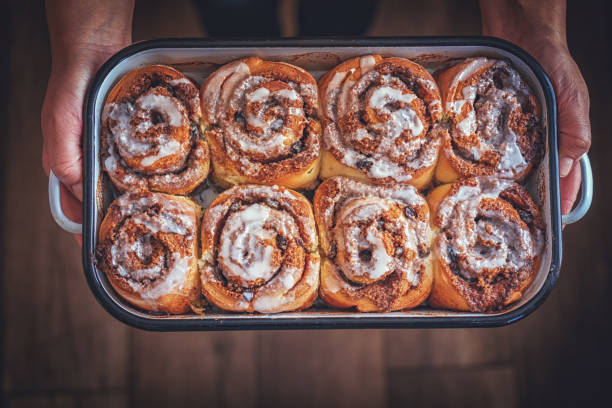
Sticking with the same conventional cinnamon roll recipe 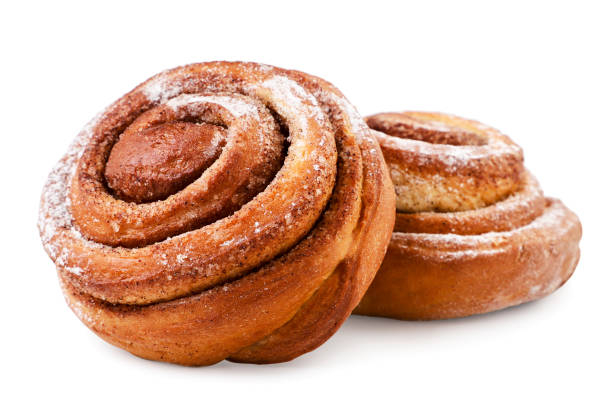
Sticking with the same conventional cinnamon roll recipe -
With so many different types of yeast available, how do you choose the best one for your cinnamon rolls? To begin, you should distinguish between the various types of yeast used in cinnamon roll recipes. Active dry yeast (ADY) and instant yeast are the two most common types. Active dry yeast is powdered yeast that must be "bloomed" before being mixed into the dough. To bloom this yeast, combine the specified amount of yeast with warmed water or milk and granulated sugar and set aside for five minutes. The presence of a fruity odor in the cup indicates that the yeast is active, healthy, and ready to rise.
Instant yeast does not need to be mixed and can be added directly to the dough. For baking, use instant yeast because it rises the dough much faster than active dry yeast. This time difference is caused by the instant yeast's small particle size as well as the addition of accelerant agents in the instant yeast packets. Active dry yeast may still be an option if you plan to make overnight cinnamon rolls.
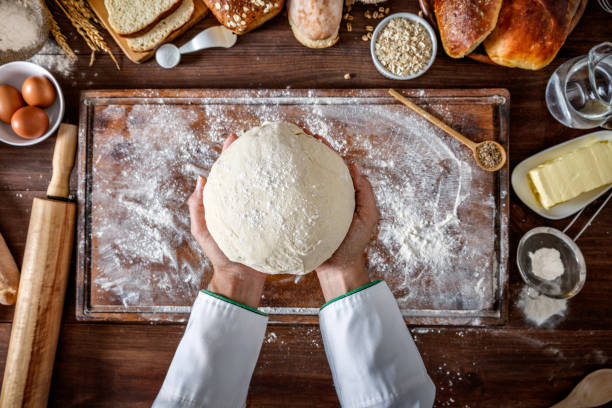
Using the wrong kind of yeast 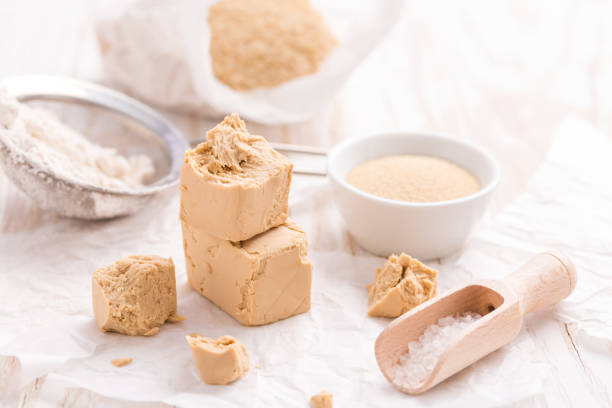
Using the wrong kind of yeast -
A sourdough starter is unquestionably essential for a flavorful dough. Because commercial yeast is not dependent on a rich flora of wild bacteria and yeasts like sourdough, using powdered yeast in your dough will result in a lackluster flavor. Sourdough is cultured from a "starter" that grows over several weeks — you can buy a starter or make your own. Once the starter is made, you'll need to gradually discard portions of it to make room for new flour (and growth).
Sourdough scraps can be used to flavor your next cinnamon roll recipe. To speed up the rising reaction time and keep your cinnamon rolls soft and pillowy, sourdough cinnamon rolls usually require a bit of a starter and yeast. You can add your starter and commercial yeast to the dough and leave it to proof overnight, or you can use a higher proportion of commercial yeast if you only want the slight tang of the sourdough.
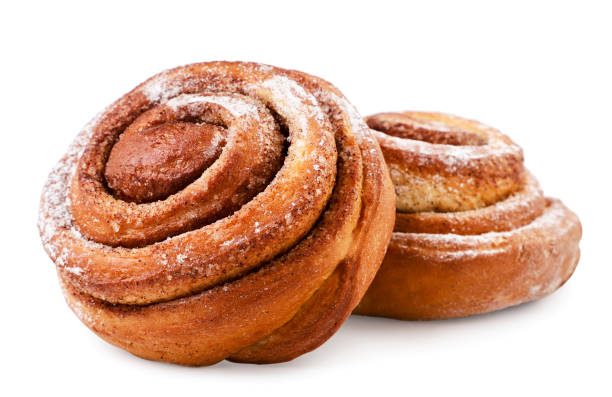
Not using a sourdough starter 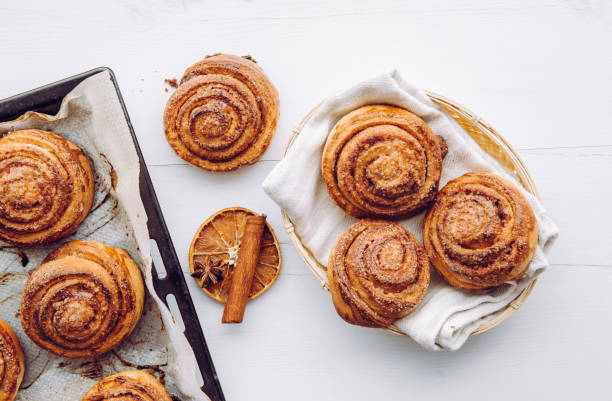
Not using a sourdough starter -
The perfect, soft cinnamon roll is heavily reliant on fat. There are many recipes that use butter as the primary fat, but there is a whole world of fats available besides this dairy-based option. If you want to make vegan cinnamon rolls, you should look for a vegan butter stick. The flavor of vegan butter is similar to that of dairy-based butter, but it is typically made from a blend of plant oils.
Coconut oil is another option for vegan cinnamon rolls. Because refined coconut oil does not have the same coconut undertone as unrefined (or "raw") coconut oil, it is preferable for a non-tropical flavor. If you want to use coconut oil instead of butter in cinnamon rolls, keep the coconut oil solid or melt it depending on the recipe. In both solid and liquid applications, a 1-to-1 ratio of coconut oil to butter can be used.
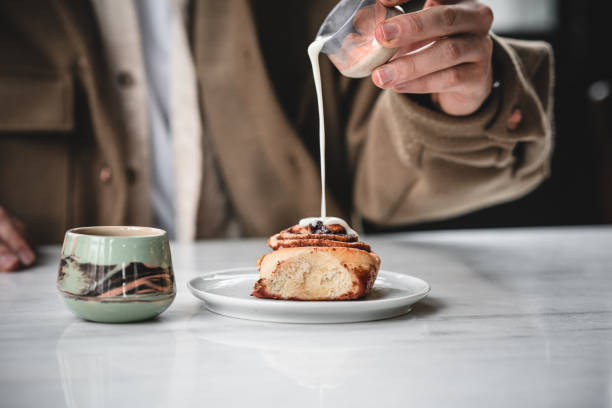
Avoiding experimenting with fats 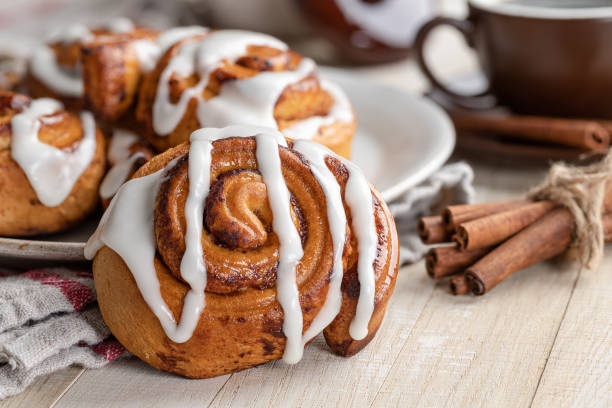
Avoiding experimenting with fats -
It's not the spice that makes a perfectly gooey, gooey cinnamon roll — it's the butter. When preparing cinnamon rolls, always use slightly softened butter rather than rock-hard or melted butter. Butter is an important softener in the dough that keeps it supple. If the butter is melted, it will leak out of the dough as it bakes. Too-hard butter will leave pockets in the dough after it melts.
Allow your butter to come to room temperature before making your cinnamon rolls. You don't have to be concerned about food safety because the butter is usually pasteurized and will be cooked in the oven anyway. When you can easily slice through the butter with a butter knife, it's at the perfect consistency. In a pinch, place a stick of butter underneath a glass to soften it. The ambient heat will perfectly soften the butter.
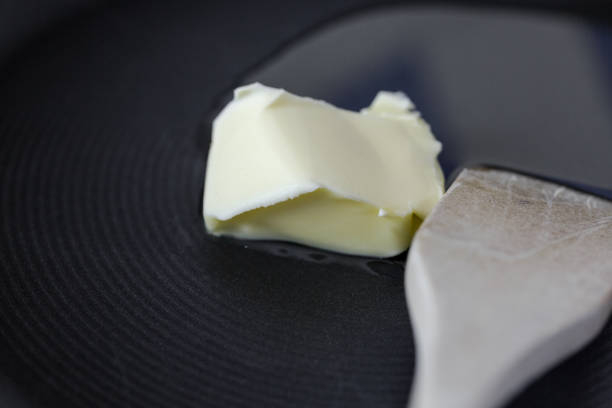
Using hard butter or melted butter 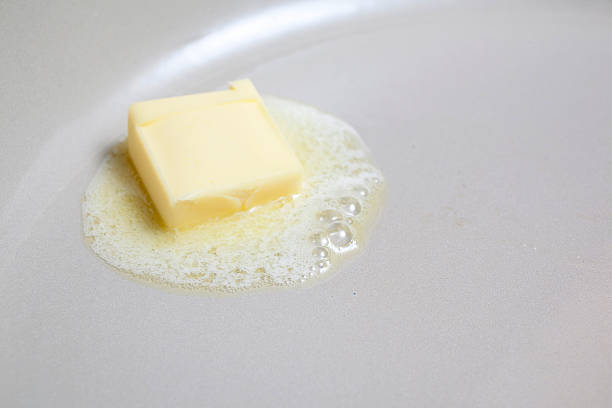
Using hard butter or melted butter -
Did you know that there are numerous types of cinnamon used in cooking? Cassia cinnamon is the most commonly used type of cinnamon in recipes such as cinnamon rolls. In American and Canadian grocery stores, this cinnamon is commonly labeled as "ground cinnamon". The cassia cinnamon flavor is mostly sweet, with a relatively mild scent. Ceylon cinnamon grows only in Sri Lanka and Madagascar.
Ceylon has a floral undertone and is less red in color than cassia cinnamon. Ceylon cinnamon can be found in the spice aisle of your grocery store or from online retailers. For the most intense cinnamon flavor in your baked goods, use ground cinnamon. Cinnamon sticks are used to infuse cinnamon flavor into hot liquids (such as teas), but they do not always impart the same flavors as ground cinnamon.
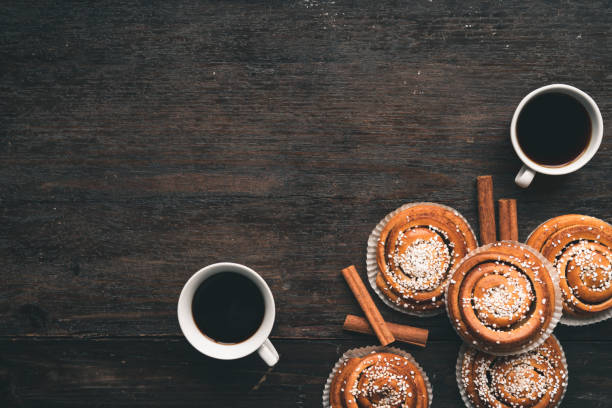
Not using different kinds of cinnamon 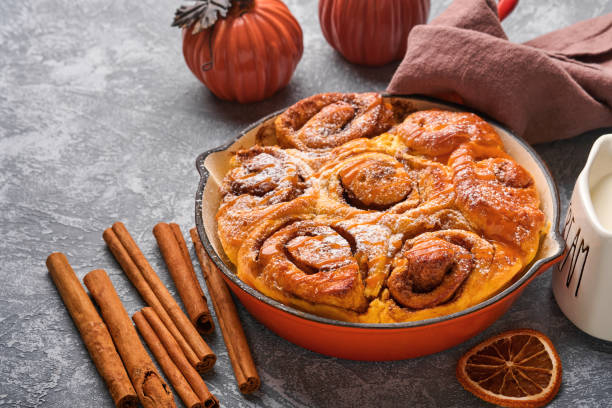
Not using different kinds of cinnamon -
Cinnamon rolls are a yeasted glutenous bread, so most cinnamon recipes will call for bread flour or high-gluten wheat flour (or a mix of all-purpose flour and high-gluten bread flour). High gluten flours allow the dough to develop a strong structure as it is kneaded. Cake flour, on the other hand, has a low gluten content and is typically used in pastries where denseness is undesirable.
When working with bread flour instead of all-purpose flour, there aren't many extra precautions to take; just focus on kneading to develop the gluten in the flour. Some bread flour recipes tend to be drier (because the water is sucked up by all those gluten strands), so you may need to adjust the dough hydration slightly. If you don't have access to high-gluten bread flour, you can make your own at home using vital wheat gluten and all-purpose flour. 1 cup of flour and slightly more than 1 teaspoon of vital wheat gluten can be combined. Sift the two together with a kitchen sieve and you're done!
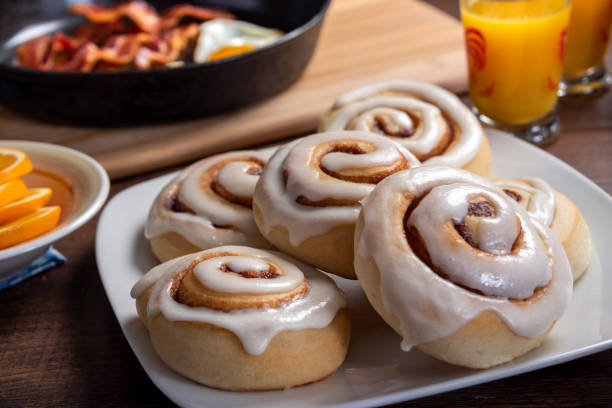
Using a weak flour 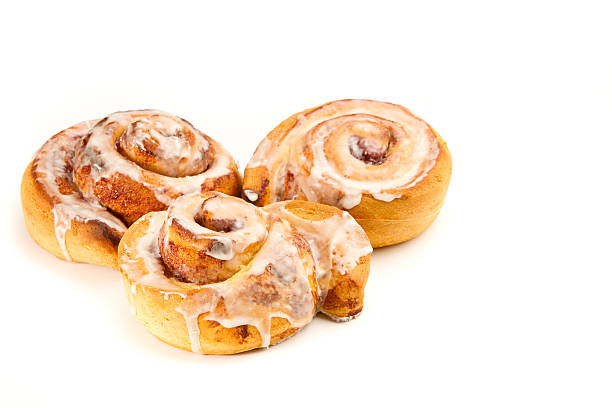
Using a weak flour -
The key to making cinnamon rolls is to not rush the rising process. If your cinnamon rolls come out of the oven dry and dense, it's because you didn't adequately rest the dough before baking. Your dough should at least double in size during the first rise. If your dough does not double in size, you may have another problem with your baking method, such as inactive yeast. If you added too much flour and not enough hydration, your dough may be too hard.
Poking your dough is one way to see if it has proofed sufficiently. If the dough has been properly rested and is ready to be shaped, it should indent slightly. Dough that completely deflates or does not change shape is either under or over-proofed. You can still bake the dough if it has been over-proofed; however, the texture will be more stodgy and dense.
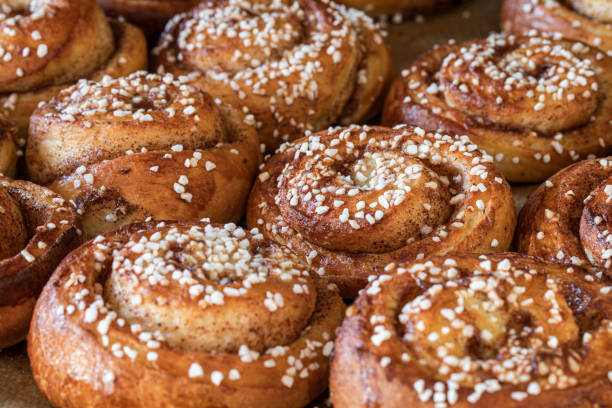
Not letting your dough double in size 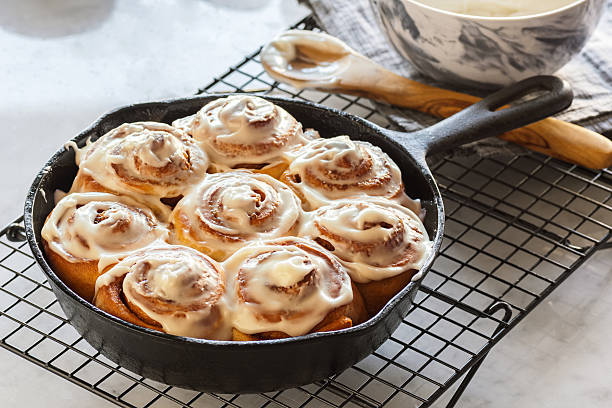
Not letting your dough double in size -
Cinnamon rolls are notoriously easy to overfill. To avoid leaking butter and brown sugar onto your baking sheet (which could burn and set off your kitchen smoke alarm), watch how much cinnamon sugar filling you add to the rolls. As a general rule, you should always leave at least an inch of space between your filling and the sides of the rolled dough. Only a light sprinkle of the cinnamon sugar filling is required in the dough.
Another tip for avoiding overfilling your cinnamon rolls is to roll them as tightly as possible. This will keep the sugar from falling into the dough and onto the baking sheet through the cracks. Pinch along the seam of the dough after rolling it to keep the rolls from unraveling when cutting.
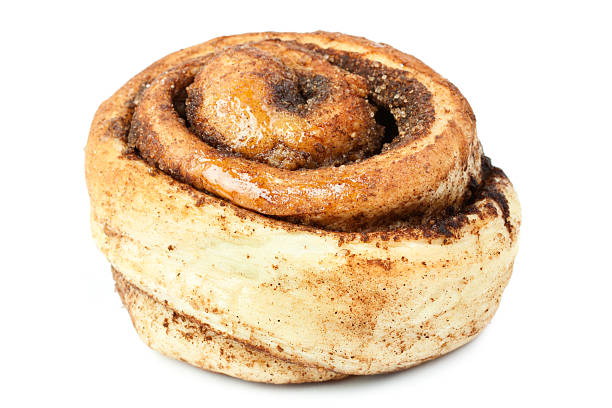
Overfilling your cinnamon rolls 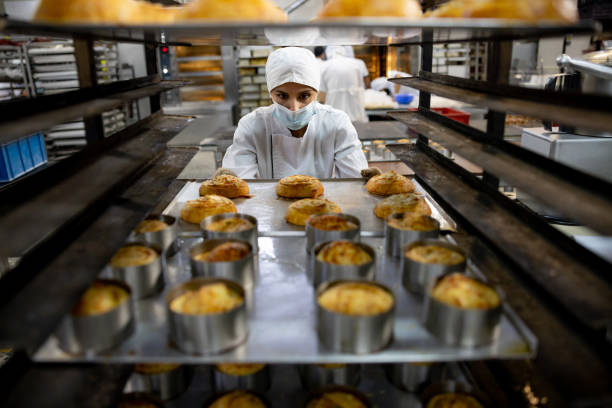
Overfilling your cinnamon rolls -
The first rule of cooking and baking is to make sure everything is the same size. This ensures that the entire batch bakes evenly. When cutting cinnamon rolls, you might be tempted to just eyeball the sizing. Not only is failure unavoidable with this method, but you will also become frustrated with the uneven edges and shapes produced by a knife.
The solution to this problem can be found in your bathroom cabinet, according to the King Arthur Baking Company. To slice your cinnamon rolls, use unflavored (again, emphasis on unflavored) floss. Slide a piece of floss under the dough after it has been rolled, pinched at the seams, and is ready to go. Slicing the dough in 2-inch intervals (measure with a ruler), pull the floss upwards and in opposite directions. The cinnamon rolls should easily fit onto your baking sheet.
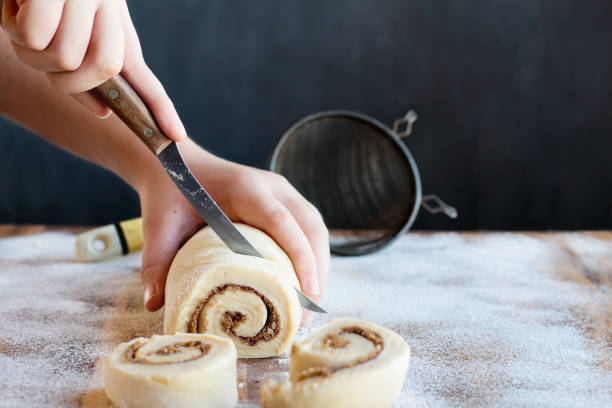
Haphazardly slicing your cinnamon rolls 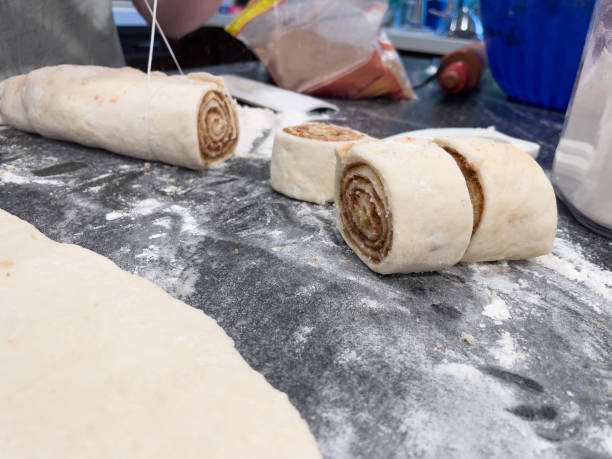
Haphazardly slicing your cinnamon rolls -
Most doughs necessitate two rest periods. The first stage is the rising period, which occurs before the dough is formed. After the dough has been shaped, the second resting stage is known as proofing. The precise time of the first rise and second proof is determined by the ambient environment of the room (warmer spaces cause the yeast to be more active) as well as the state of the dough.
A second proof after the cinnamon rolls are shaped is critical to developing a good texture when making cinnamon rolls (as well as other types of bread). For the second proof, place your formed cinnamon rolls in a round cake tin and cover them with plastic wrap or a damp tea towel, according to the King Arthur Baking Company. As the dough proves, both of these methods seal in moisture.
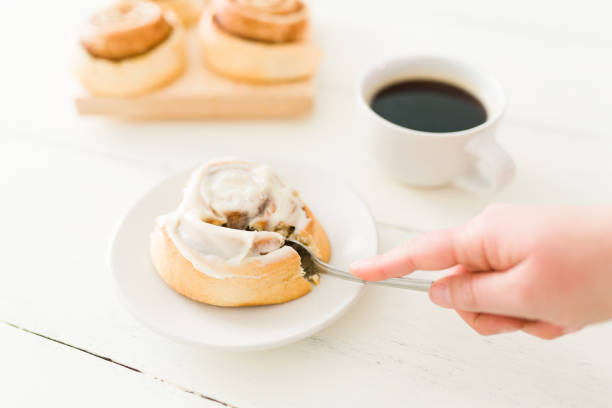
Skipping the final proof before the oven 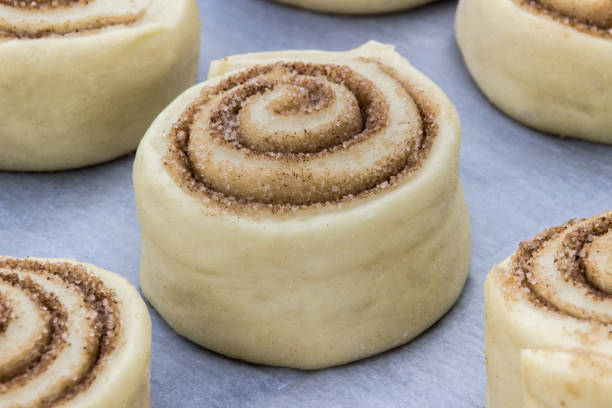
Skipping the final proof before the oven -
Cinnamon rolls are particularly elastic and stretchy. The dough will expand and cover more space than you think as it bakes. If you want perfectly baked cinnamon rolls, allow enough room for the rolls to expand during baking. When cinnamon rolls erupt like miniature volcanoes, it's a sign that you need more room. The resulting volcano texture will be dense and underbaked in the center and overbaked on the outer rings.
If you use a pull-apart cinnamon roll recipe, you should leave at least an inch of space on all sides of the rolls. On a baking sheet, stand-alone cinnamon rolls can take up to 2 inches of space on all sides. The resulting cinnamon rolls will be perfect, evenly cooked, and, most importantly, delicious.
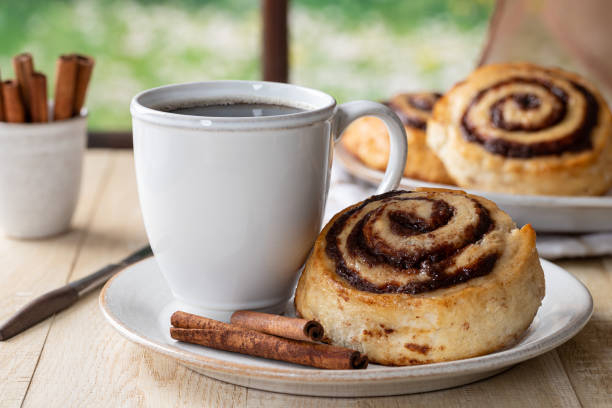
Not giving your cinnamon rolls enough space in the oven 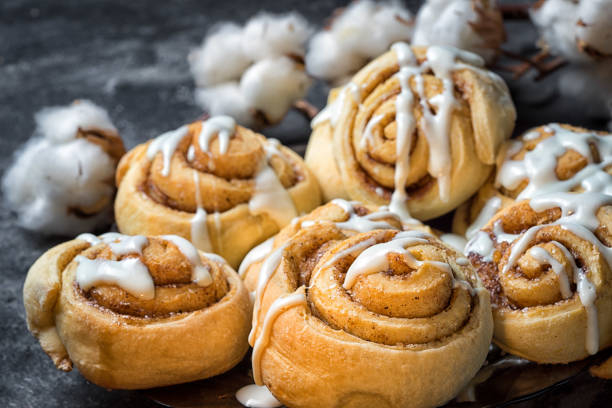
Not giving your cinnamon rolls enough space in the oven -
The ideal cinnamon roll is moist and simple to prepare at home. When you add Greek yogurt to your cinnamon roll, the rising time of the dough is dramatically reduced, and the texture of the dough is super soft and supple. In less than 30 minutes, you can have cinnamon rolls on the table thanks to a Greek yogurt cinnamon roll recipe. If you make the dough ahead of time, it will keep for a few days in the fridge or months in the freezer.
In a stand mixer, combine all of the cinnamon roll ingredients, including the Greek yogurt. Because Greek yogurt replaces yeast, there is no need for resting or proofing. Make your own icing with plain vanilla yogurt and powdered sugar if you want a more tangy yogurt flavor.

Not adding yogurt to the recipe for moisture 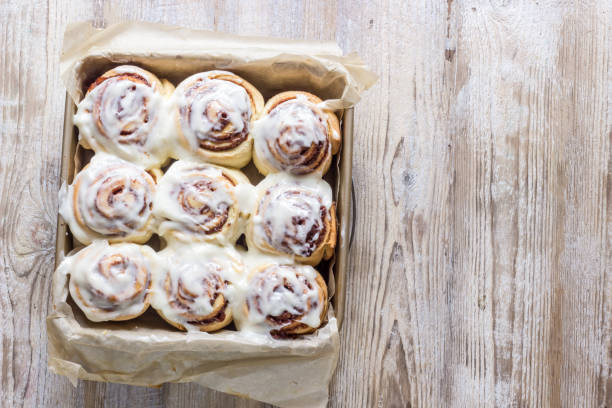
Not adding yogurt to the recipe for moisture -
When it comes to making homemade cinnamon rolls, don't settle for canned frosting. Although convenient, canned frosting is much thicker than icing. The majority of frosting is held together by fat (such as butter), cream cheese, or egg whites. Frosting, unlike icing, will not move on the cinnamon roll and will be slightly denser to bite into. Icing's main ingredient is powdered sugar, not fat. The simplest method for making powdered sugar is to combine it with a small amount of liquid.
The primary liquid in icing is milk, but you can experiment with liqueurs or flavored juices to make your cinnamon roll icing unique. Use organic or certified-vegan powdered sugar and plant-based milk to make a dairy-free icing. Cream cheese frosting can be made by combining cream cheese and powdered sugar and whipping until smooth if you want thick icing with the tang of cream cheese.
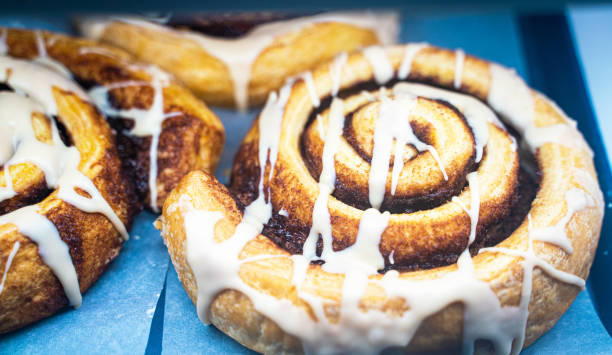
Using icing from a can 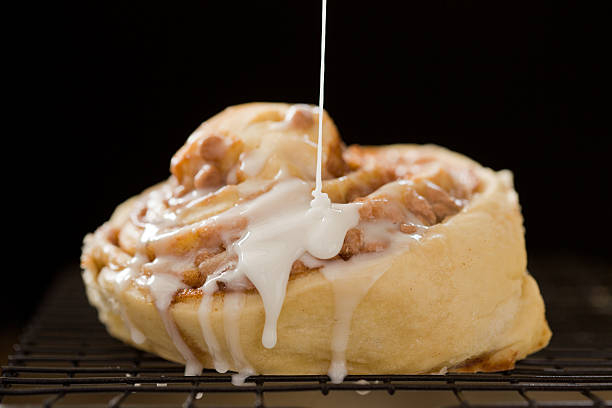
Using icing from a can
















